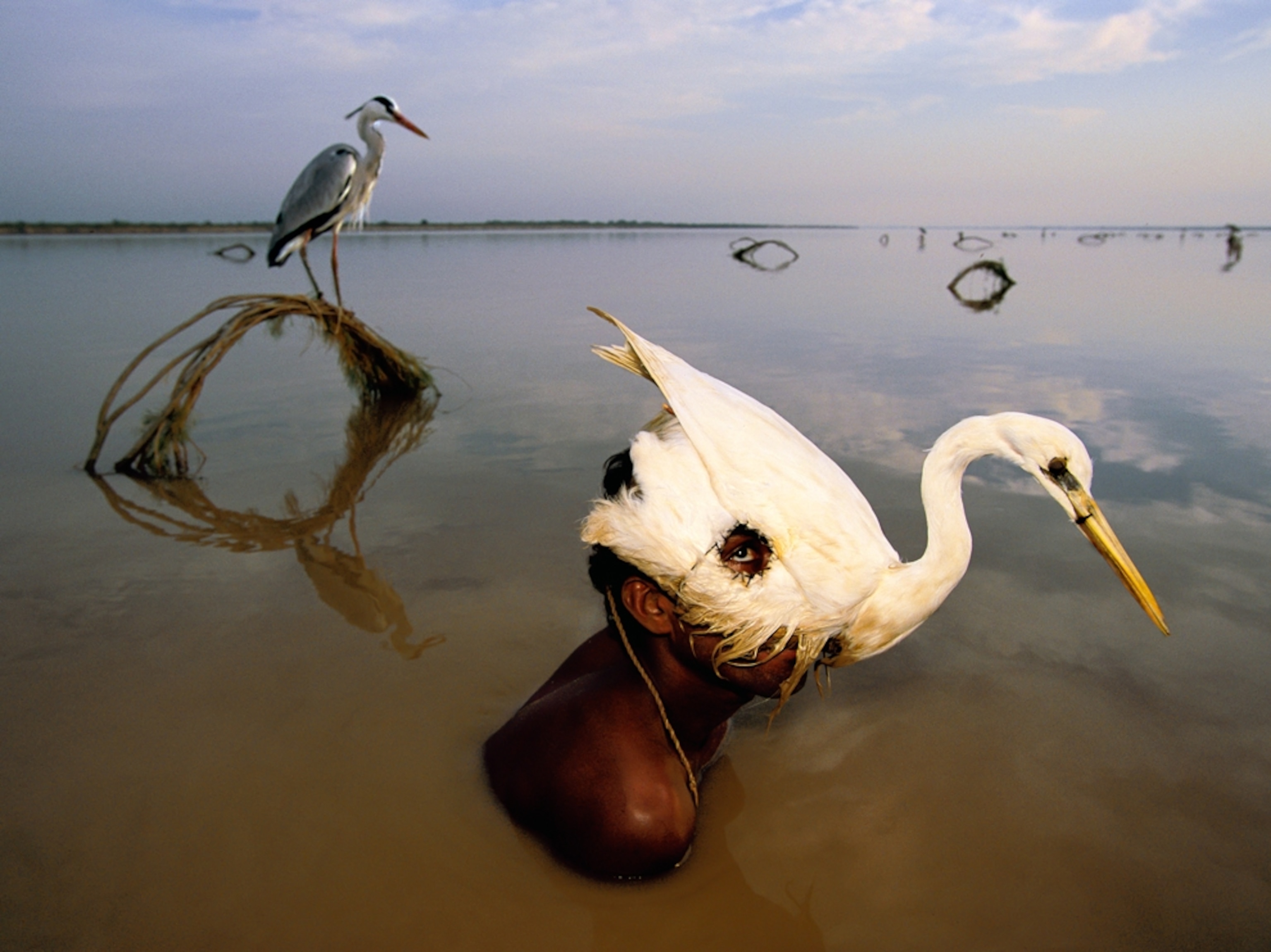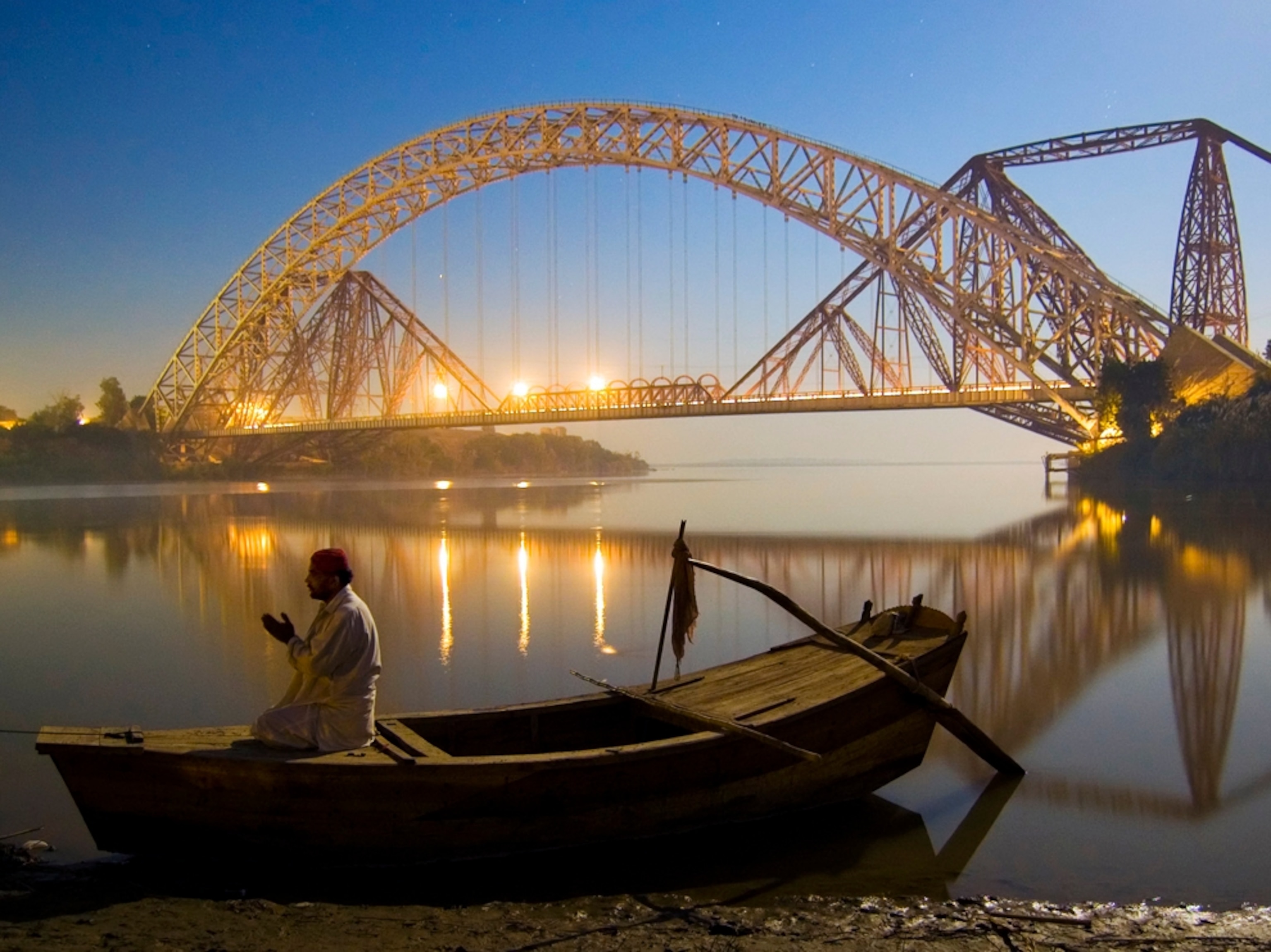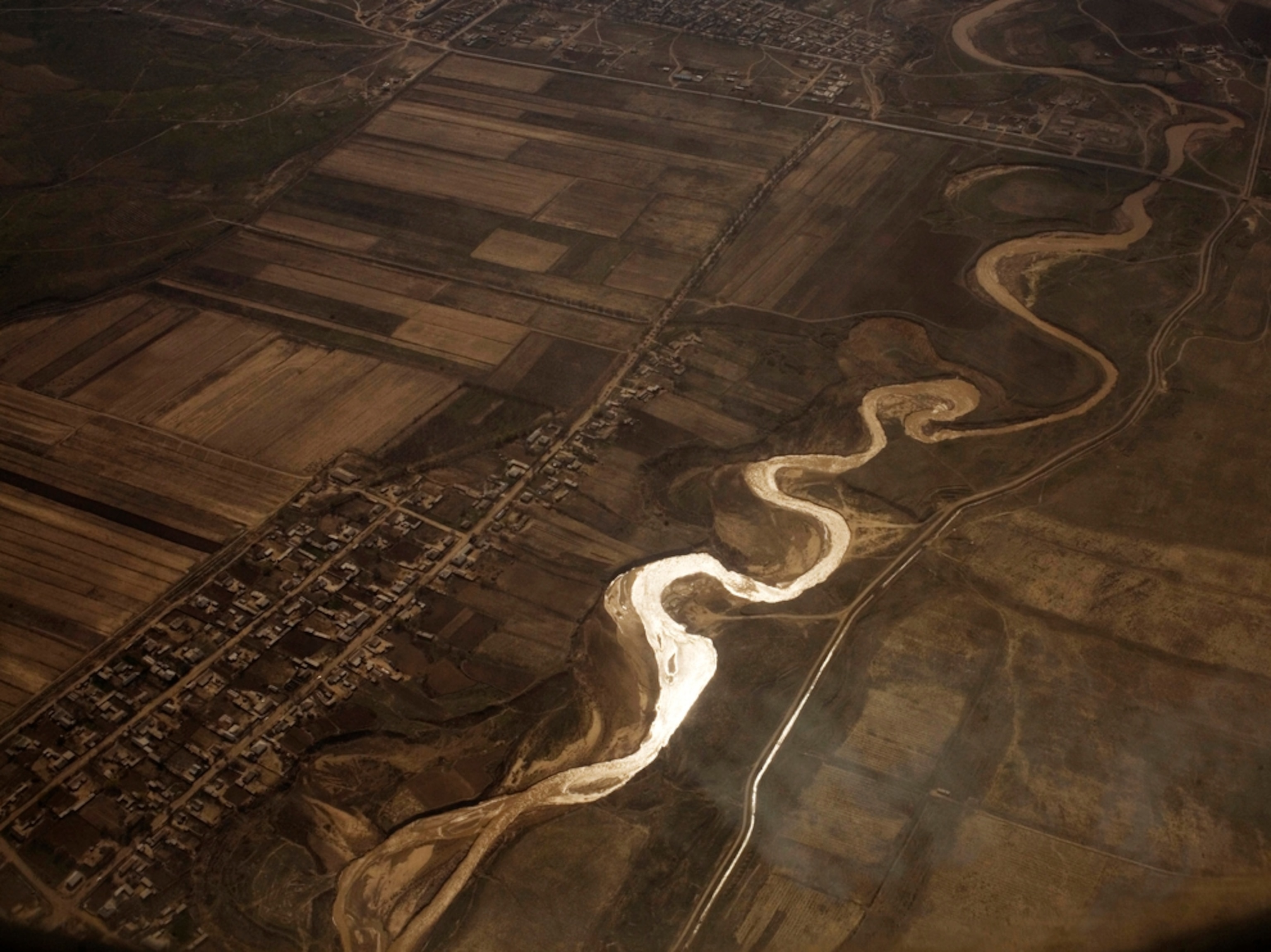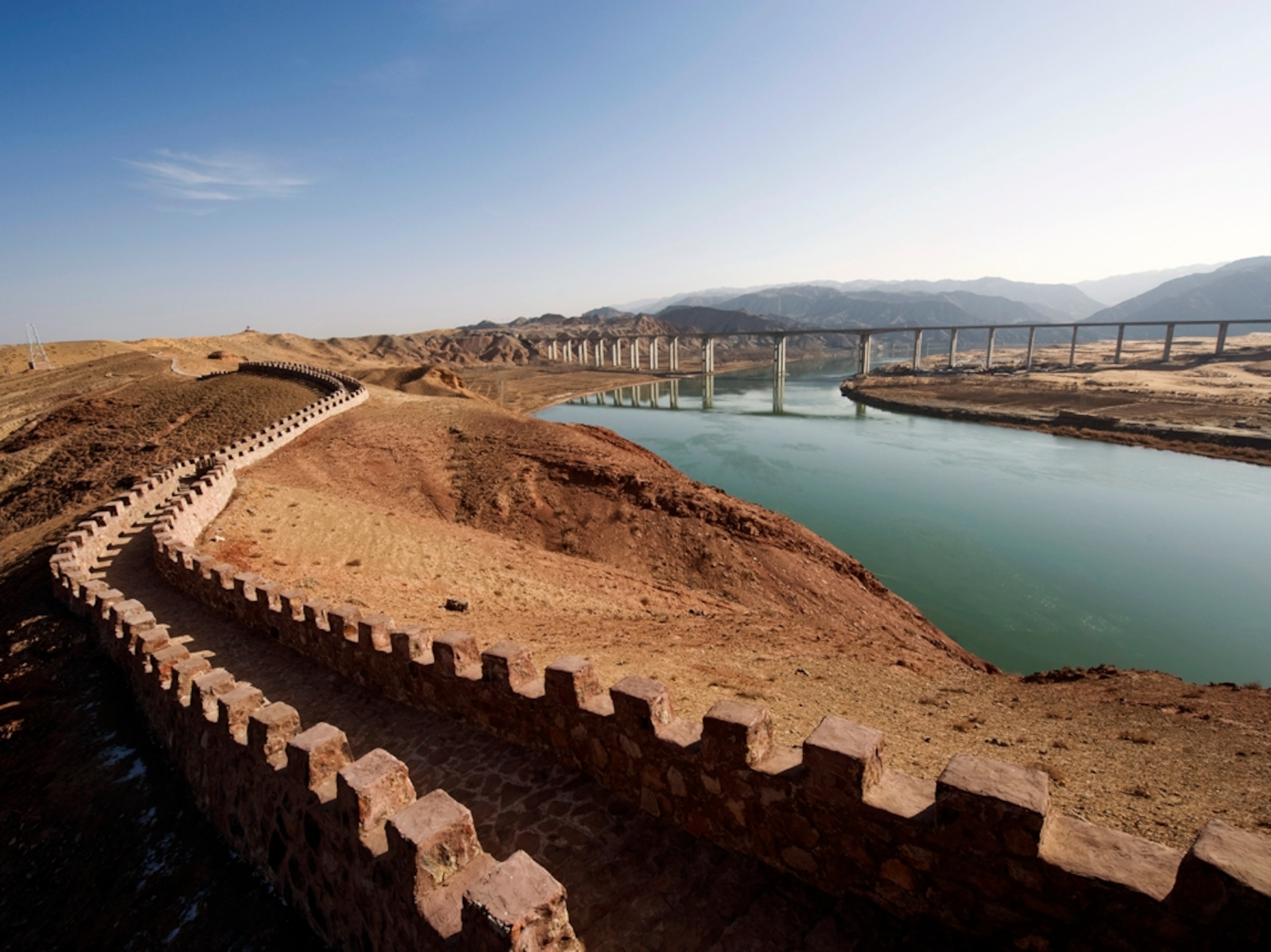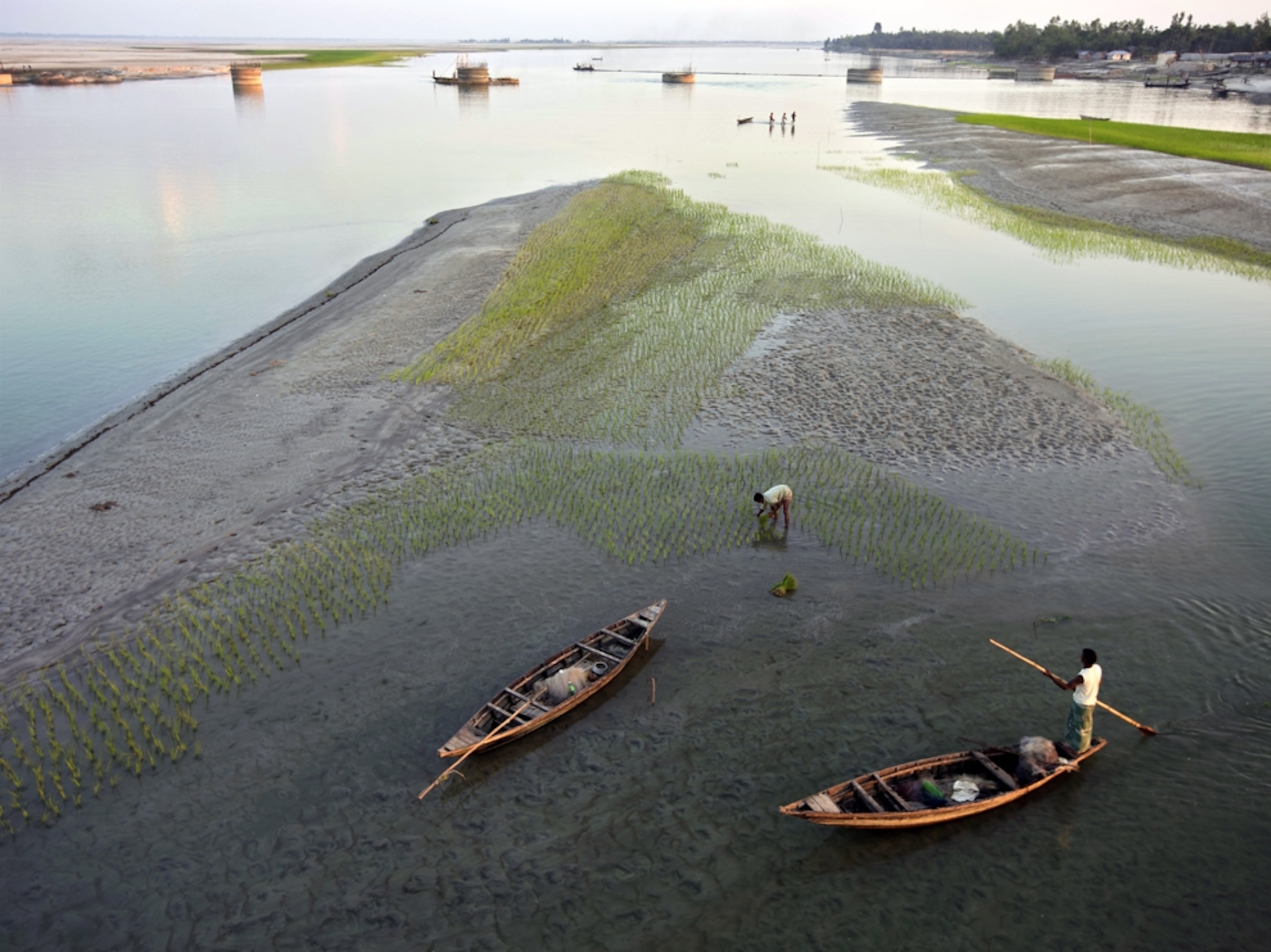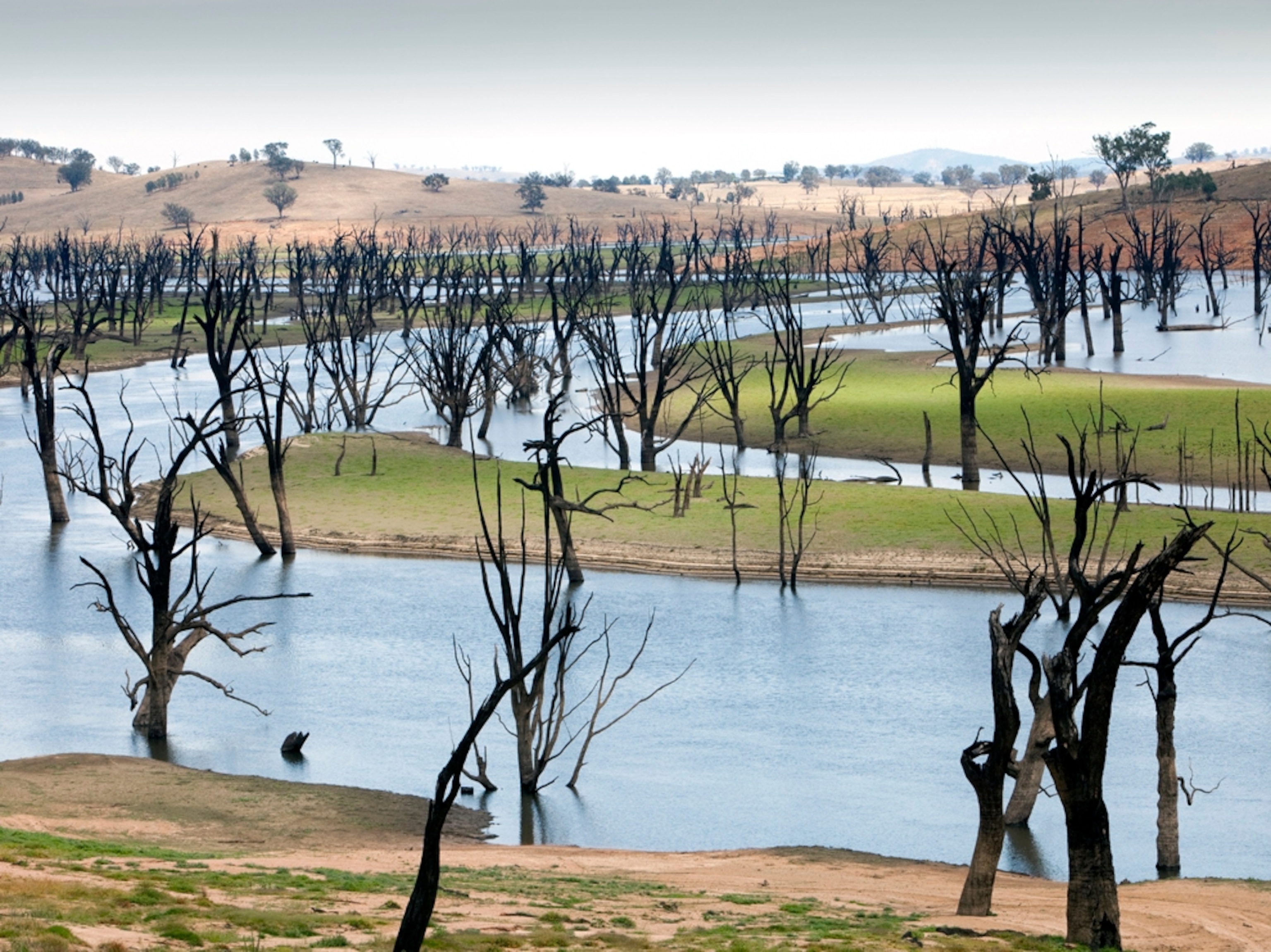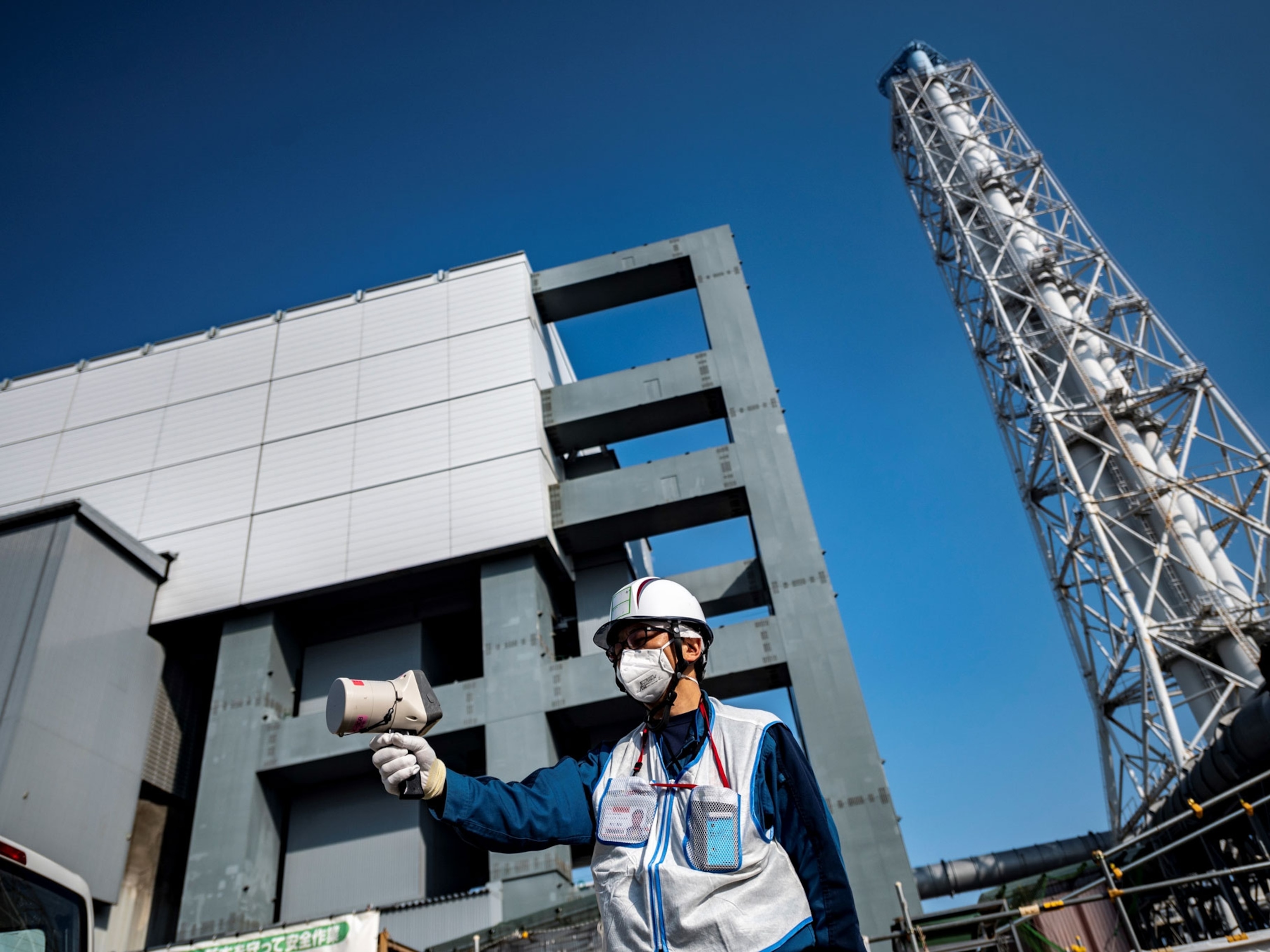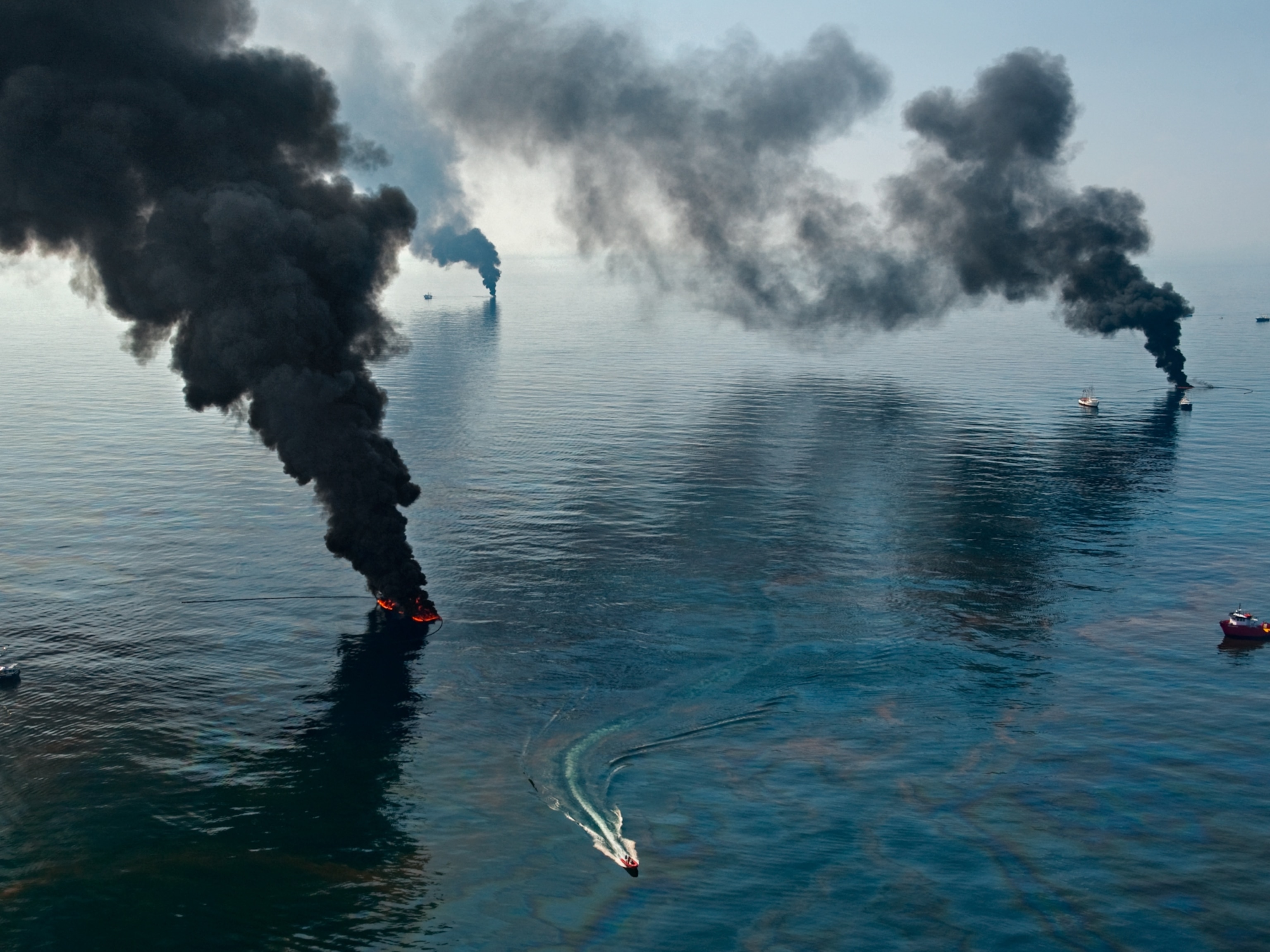
Desalination plants produce more waste brine than thought
There’s enough wastewater from the world's facilities to cover Florida a foot deep—here’s why that’s a potential problem.
As clean freshwater has become scarcer around the world—especially in arid regions such as the Middle East and North Africa—those countries that can afford it have increasingly turned to desalination. That energy-intensive process extracts salt from sea (or other saline) water, transforming it into water that’s fit for human consumption. There are now nearly 16,000 desalination plants either active or under construction across the globe.
“[But] they don’t just produce desalinated water,” explains Manzoor Qadir, a researcher at the United Nations University in Canada. “They also produce brine.”
Brine is the concentrated salt water that’s left after desalination. But Qadir says, “there is no comprehensive assessment” of how much is being produced. So, Qadir and his colleagues decided to come up with an estimate—which was published in the journal Science of the Total Environment and released Monday.
Qadir’s team analyzed available literature as well as a database of roughly 20,000 desalination plants (including some that are no longer active). Since there was no metric specifically for brine production, they used factors such as the type of input water and the desalination technology being used to approximate a plant’s “recovery ratio”—or how much brine is produced compared to desalinated water.
More brine than expected
The literature had long assumed a one-to-one ratio. But Qadir’s study found that the average desalination plant actually produced 1.5 times more brine than desalinated water—fifty percent more than previously thought. That translates to 51.8 billion cubic meters of brine each year, which Qadir says is enough to cover all of Florida, a foot deep.
“The information is timely and important,” John Burt, a biologist at New York University's campus in Abu Dhabi, who is not connected to the study, said via email. Desalination, he explains, can have a number of potentially deleterious environmental impacts.
Arguably best known is the copious amount of fossil fuels that are often used to power the plants, resulting in a significant amount of emissions. Most desalination plants work by reverse osmosis, meaning energy is needed to push water past a membrane at high pressure in order to separate the salt (learn more how it works). A typical plant takes an average of 10 to 13 kilowatt hours of energy per every thousand gallons processed. That energy use adds to the cost of the process. A recent desalination plant in California cost a billion dollars, and now provides about ten percent of the drinking water of the county of San Diego. The cost, and environmental impacts, of this overall industry have spurred researchers to look for alternatives, including developing more efficient separation membranes and desalination units that can be powered by solar energy. (Learn more about these emerging efforts.)
On the intake side, Burt says that small organisms such as fish larvae and coral can get sucked into a plant. But the greater risk comes at the other end of the process, when the brine is put back into the ocean (where the majority of desalination is done).
“Brine will be substantially higher in salinity than normal oceanic water,” he said. “The brine discharge is also warm.” Those conditions, he says, can make it more difficult for marine life in the immediate vicinity of the discharge to survive or thrive.
Toxic load?
What Burt is more concerned about, however, are the chemicals that are often in the brine. Qadir’s study points to copper and chlorine as particularly troublesome compounds. These chemicals are added to the seawater at various stages in the desalination process, to control bacterial growth or reduce corrosion, and many end up in the wastewater.
Burt says that “chronic exposure to these chemicals may lead to environmental impacts for tens to hundreds of meters around outfalls, with pollutants such as metals potentially accumulating in the food chain.”
Burt adds that while regulation can help mitigate these risks, enforcement varies widely from place to place. And, in the Arabian Gulf, where nearly half of the world’s desalination occurs, he says oversight tends to be relatively weak.
But not everyone is worried about brine. “I find that fears of environmental impacts tend to be quite overblown,” said Phillip Roberts, a water resources engineer at Georgia Tech University. He adds that although Qadir’s work provides a reasonable estimate of how much brine is out there, it may be a bit of a “red herring.”
Roberts doesn’t think brine volume is a particularly useful metric, because even those totals, he argues, are quite small in the grand scheme of things. “How it's disposed of is what matters. And we can dispose of it safely.”
Regardless, as traditional water resources continue to dwindle and desalination technology advances, reliance on the practice seems likely to keep growing. And, as that happens, there will also be more brine—which Qadir sees as potentially problematic.
“There is a need to address these large volumes of brine that we produce,” he said. “We thought it is a good time to raise awareness.”


